Strength in Unity.
Resilience in Faith.
For generations, the Jewish story has often been told by others. This is our narrative, in our own words. The Kehillah Project is a platform built by and for our community to reclaim our history, confront modern threats, and define our future.
כָּל יִשְׂרָאֵל עֲרֵבִים זֶה לָזֶה
All of Israel are responsible for one another.
OUR UNBREAKABLE CHAIN
Our history is a chain stretched across millennia and continents, yet its anchor has never moved from the Land of Israel. Each link represents a generation that persevered through exile, resisted empires, and kept our story alive. Our history is one of resilience, resistance, and an eternal return to our ancestral homeland. As you trace this timeline, you follow that unbreakable chain, witnessing a story of survival and homecoming that is without parallel.
Ancient Roots & Sovereignty
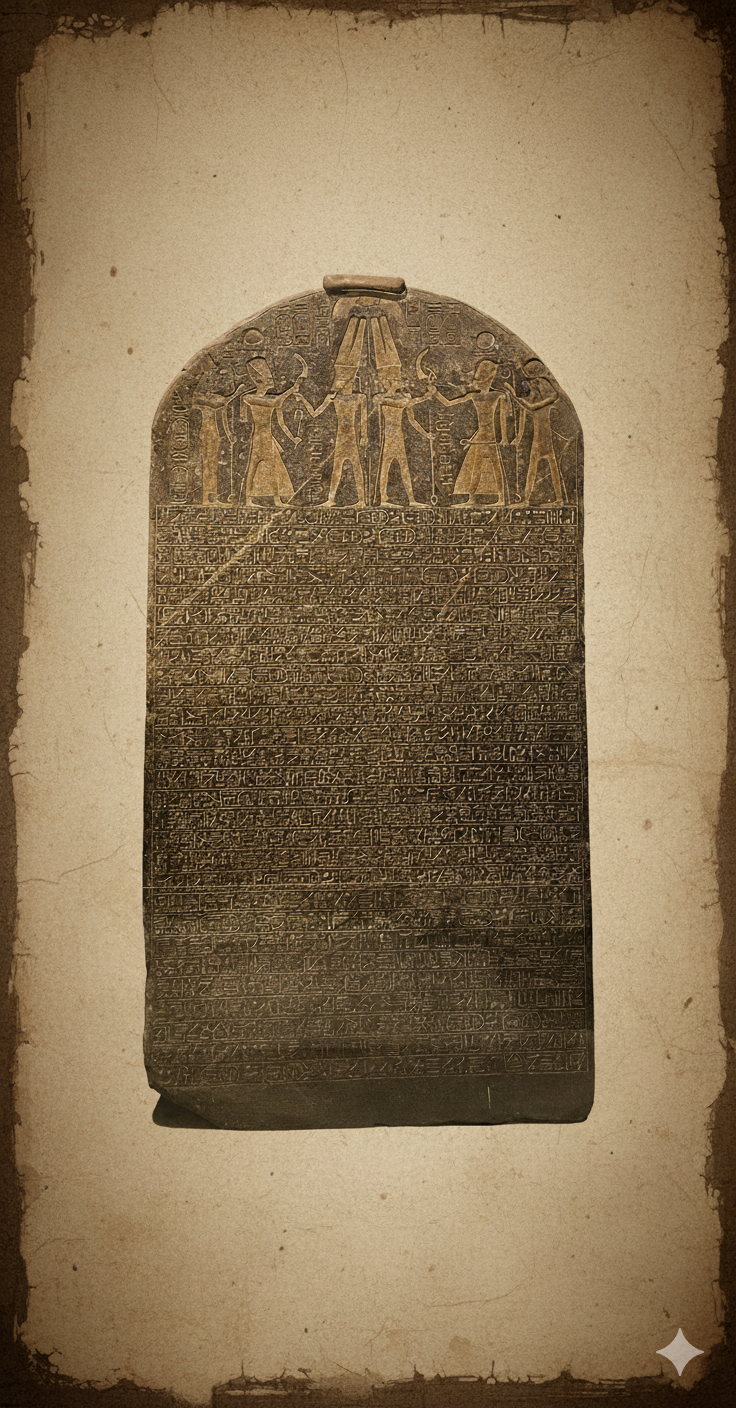
13th Cent. BCE
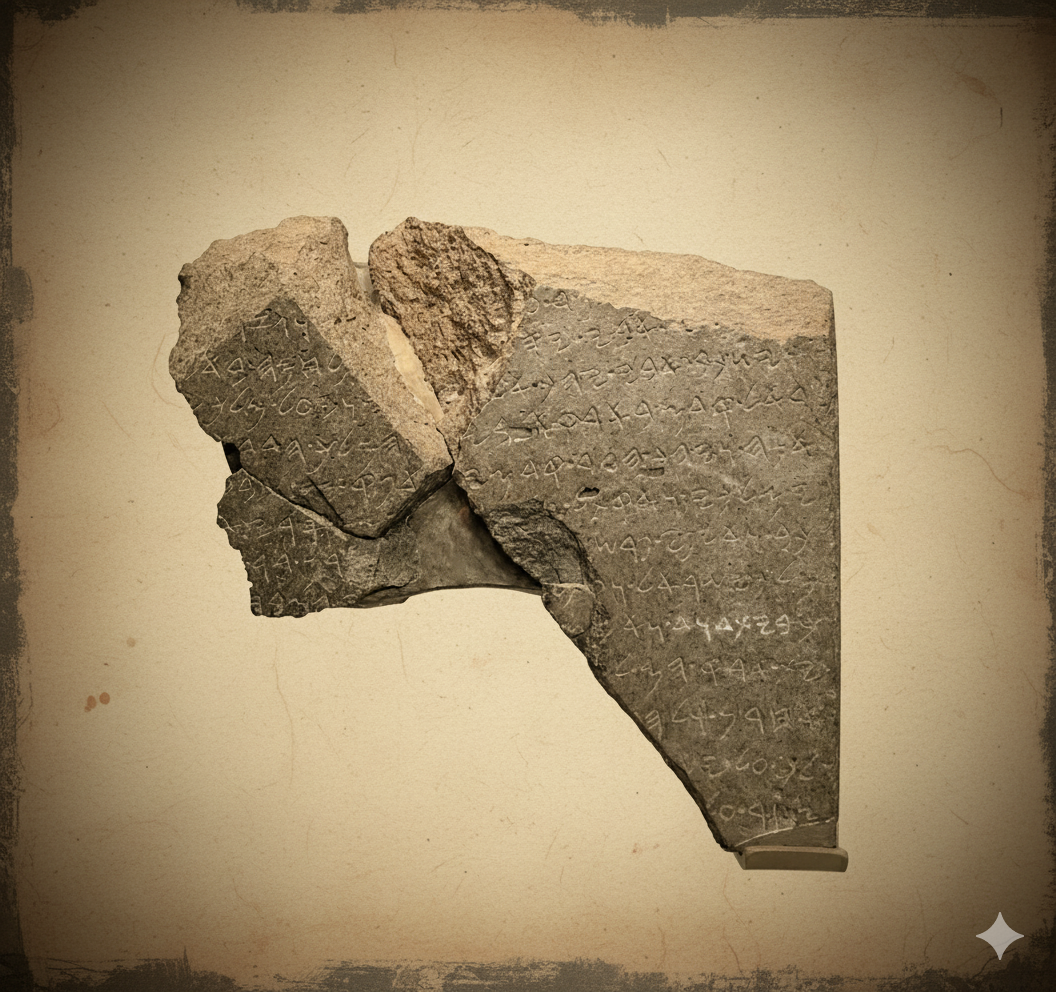
9th Cent. BCE
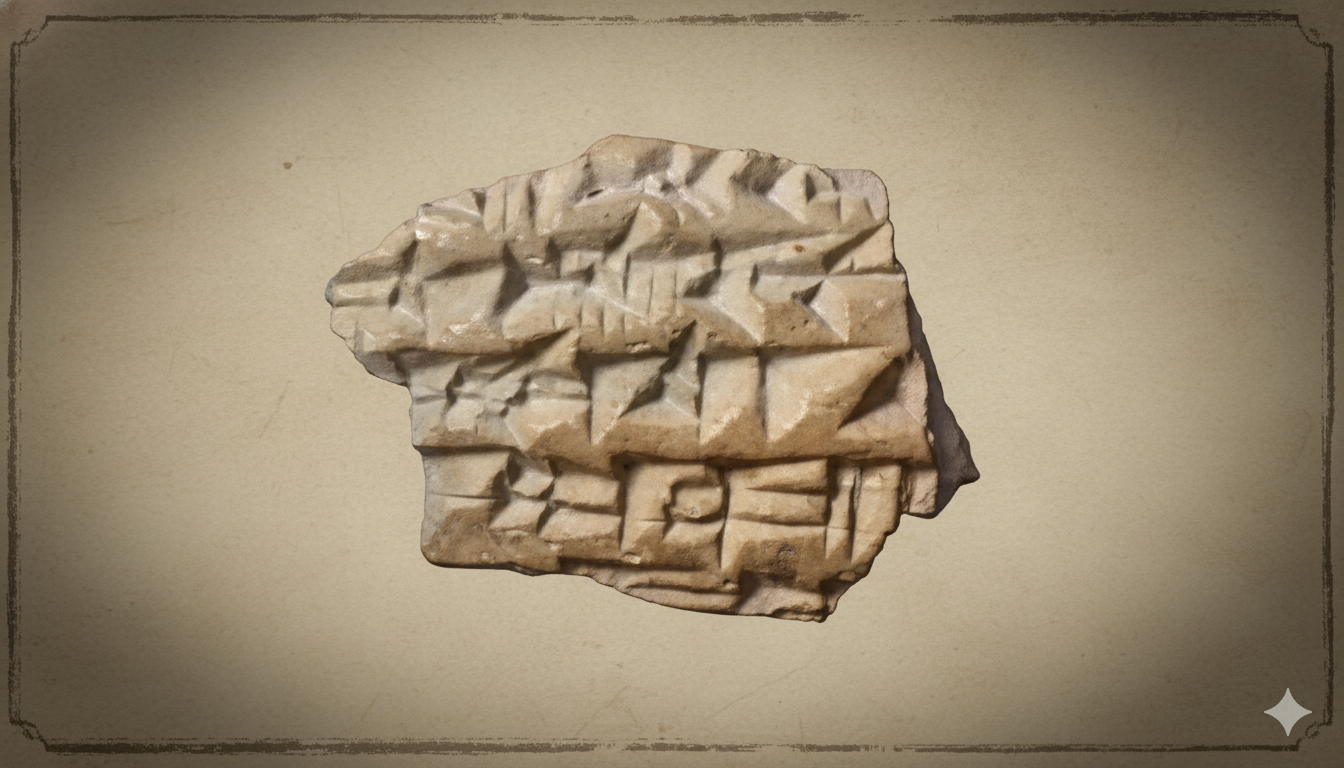
8th Cent. BCE
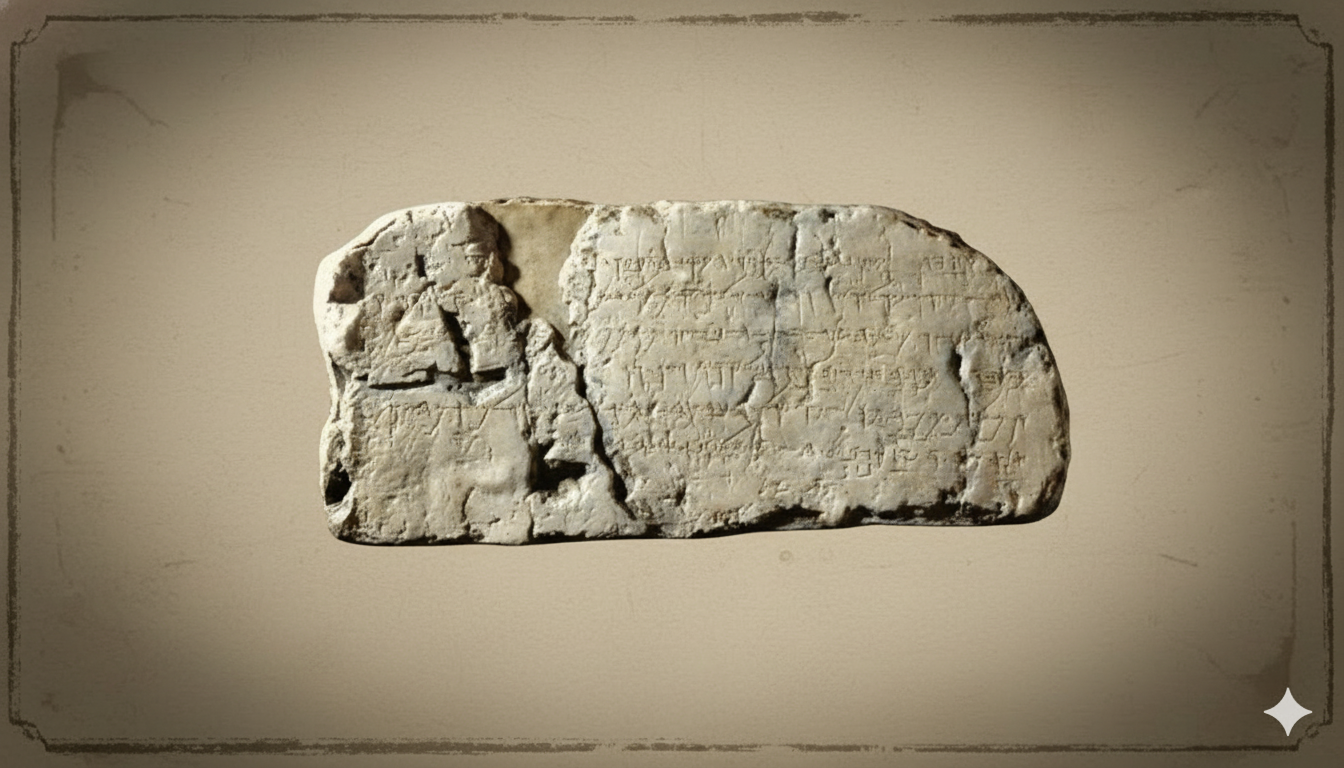
8th Cent. BCE
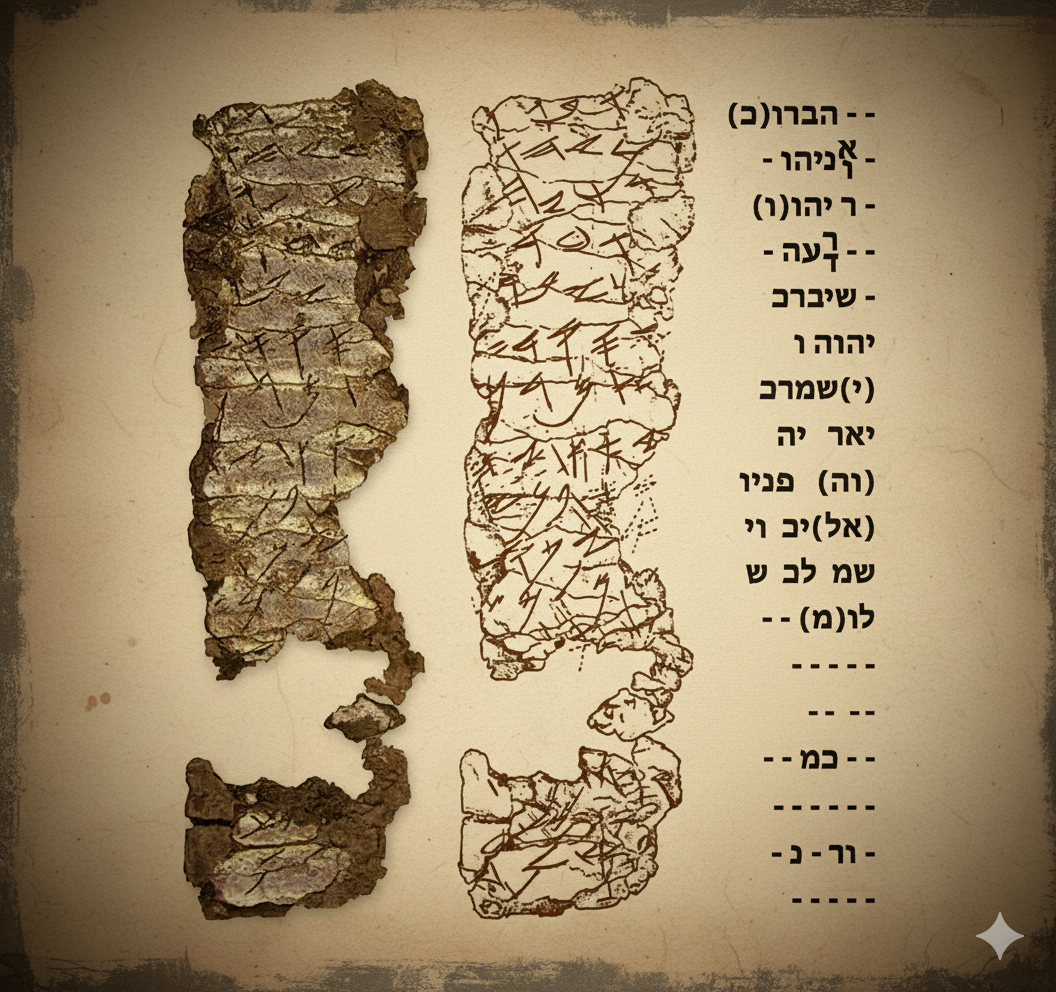
7th Cent. BCE

167-160 BCE

66-73 CE

66 CE to 136 CE
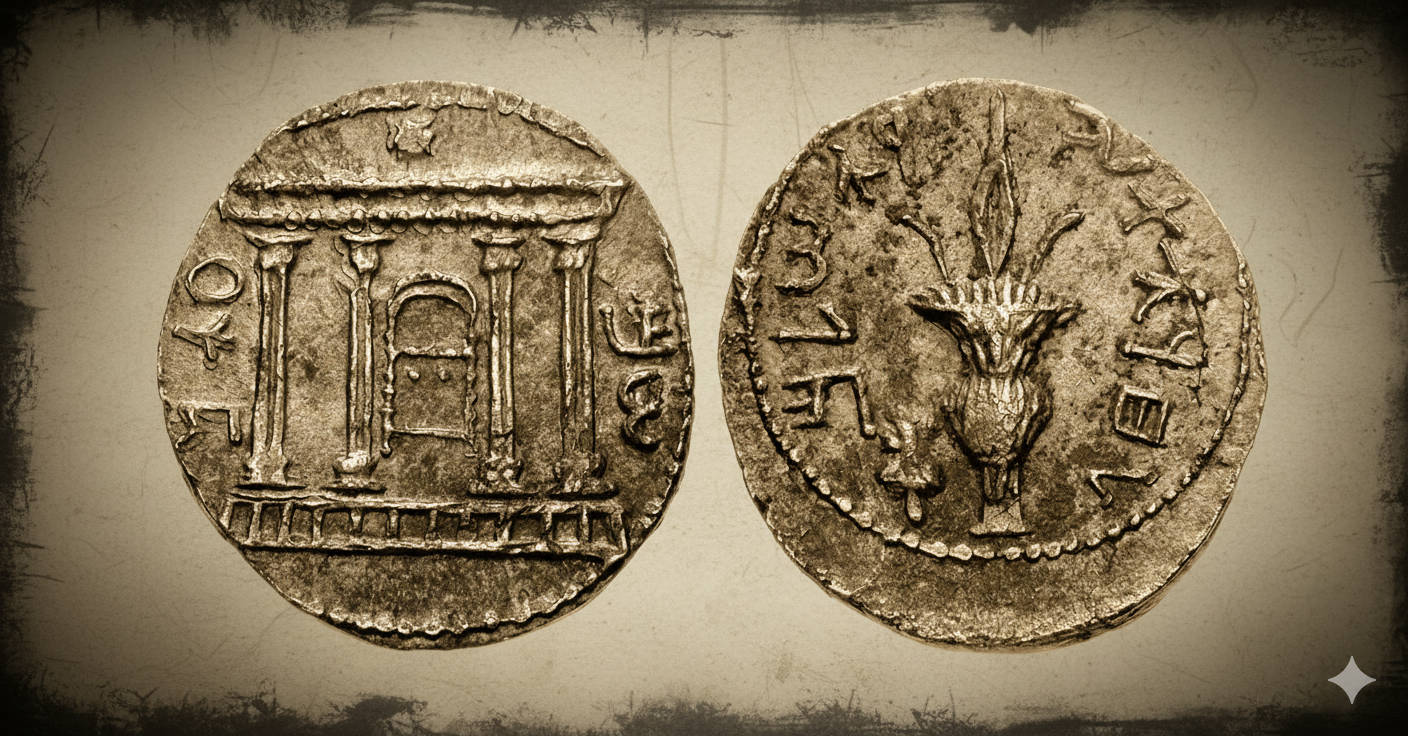
132-136 CE
Exile & Perseverance
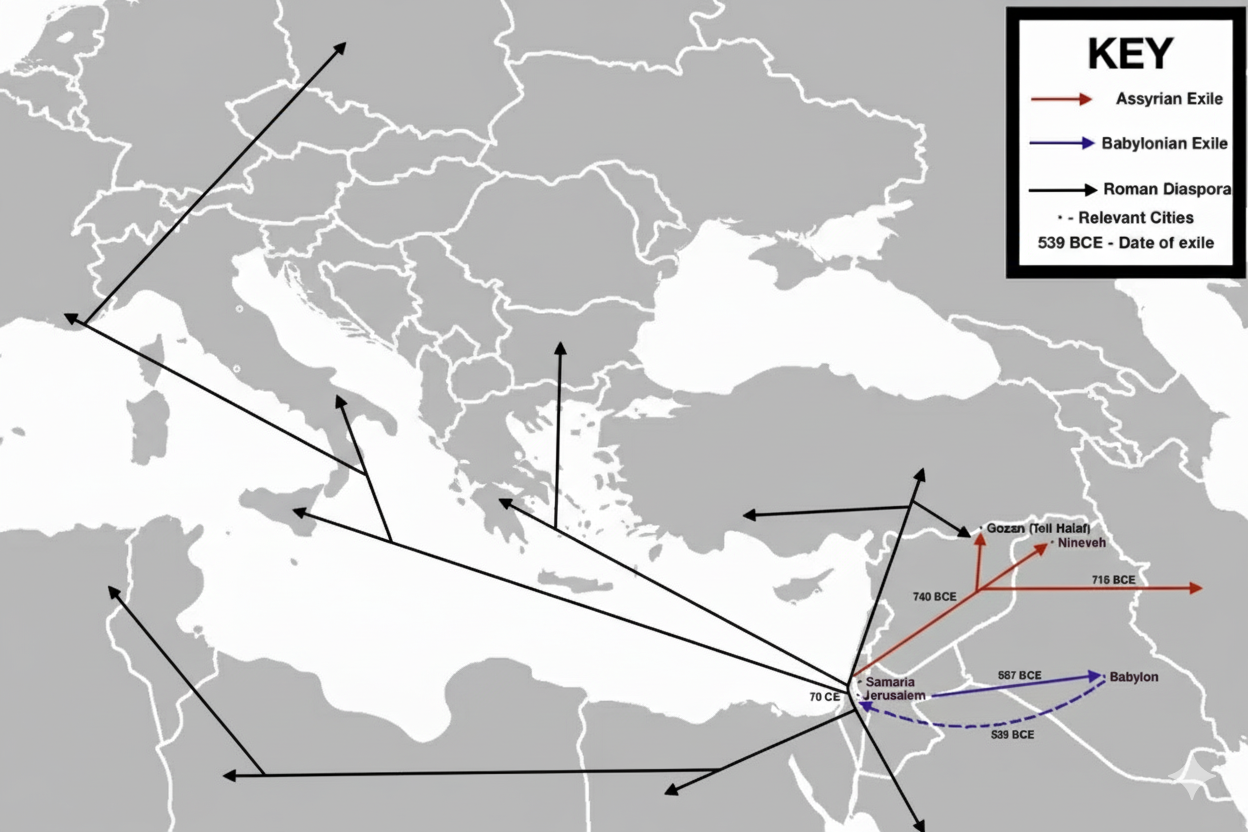
70 CE
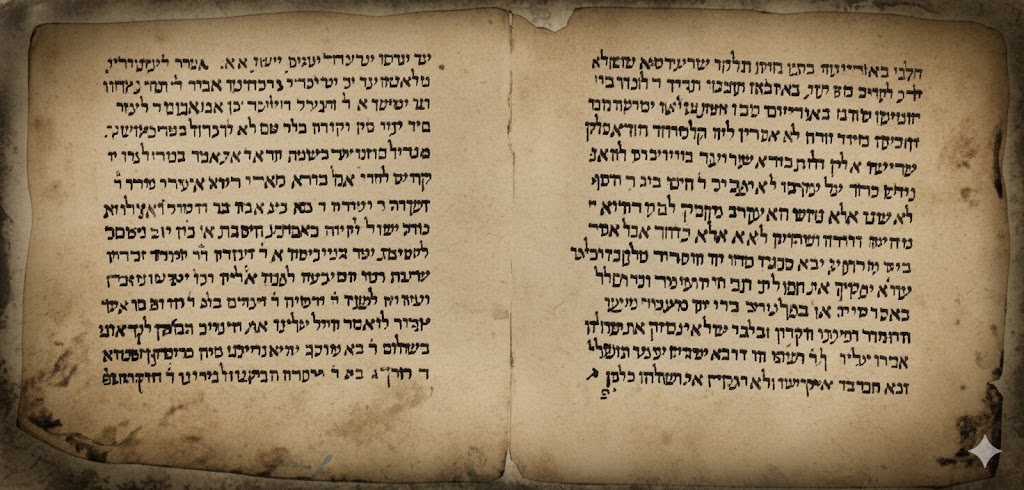
200 CE
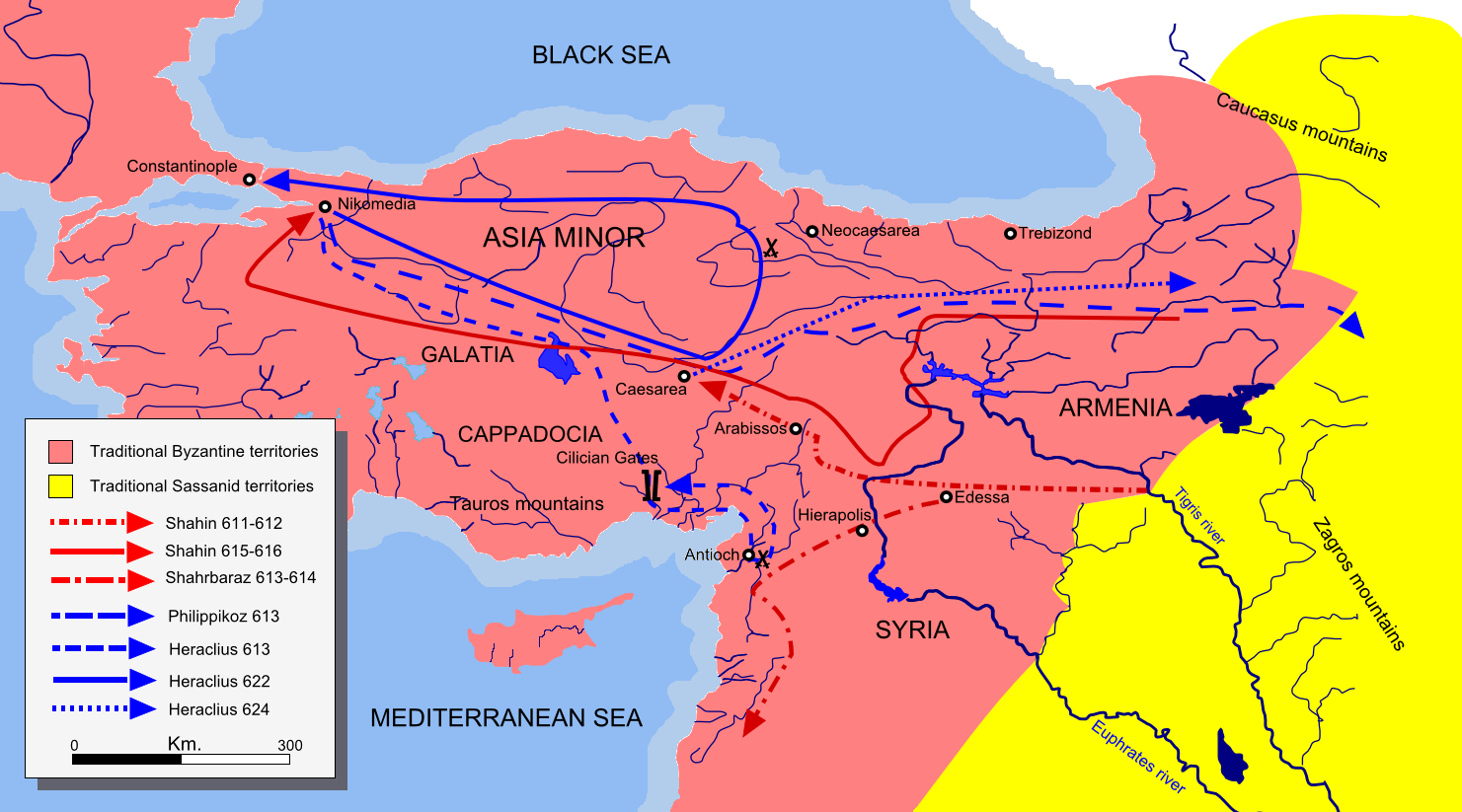
7th Century CE

800 - 1900 CE

1290-1497 CE
1791-1917
4,899,300
Jews confined to the Pale by 1897
1881-1921
1939-1945
Modern Return & Rebirth

1920-1948
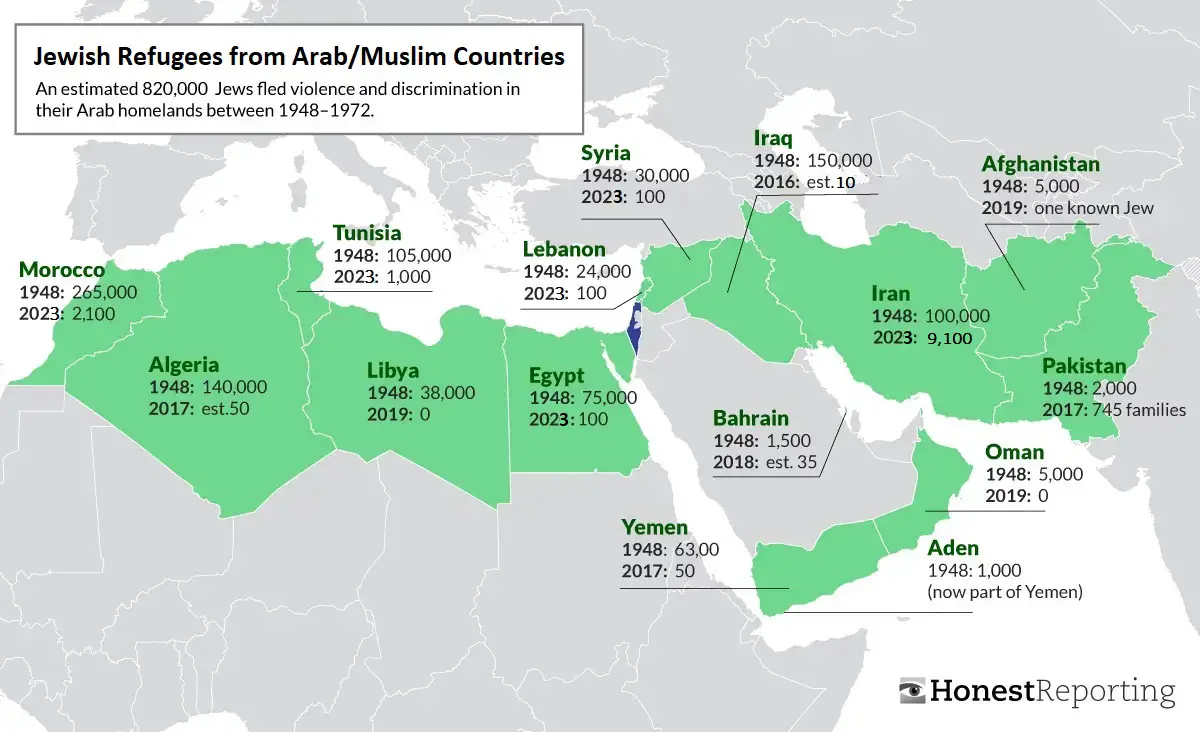
1948-1970s
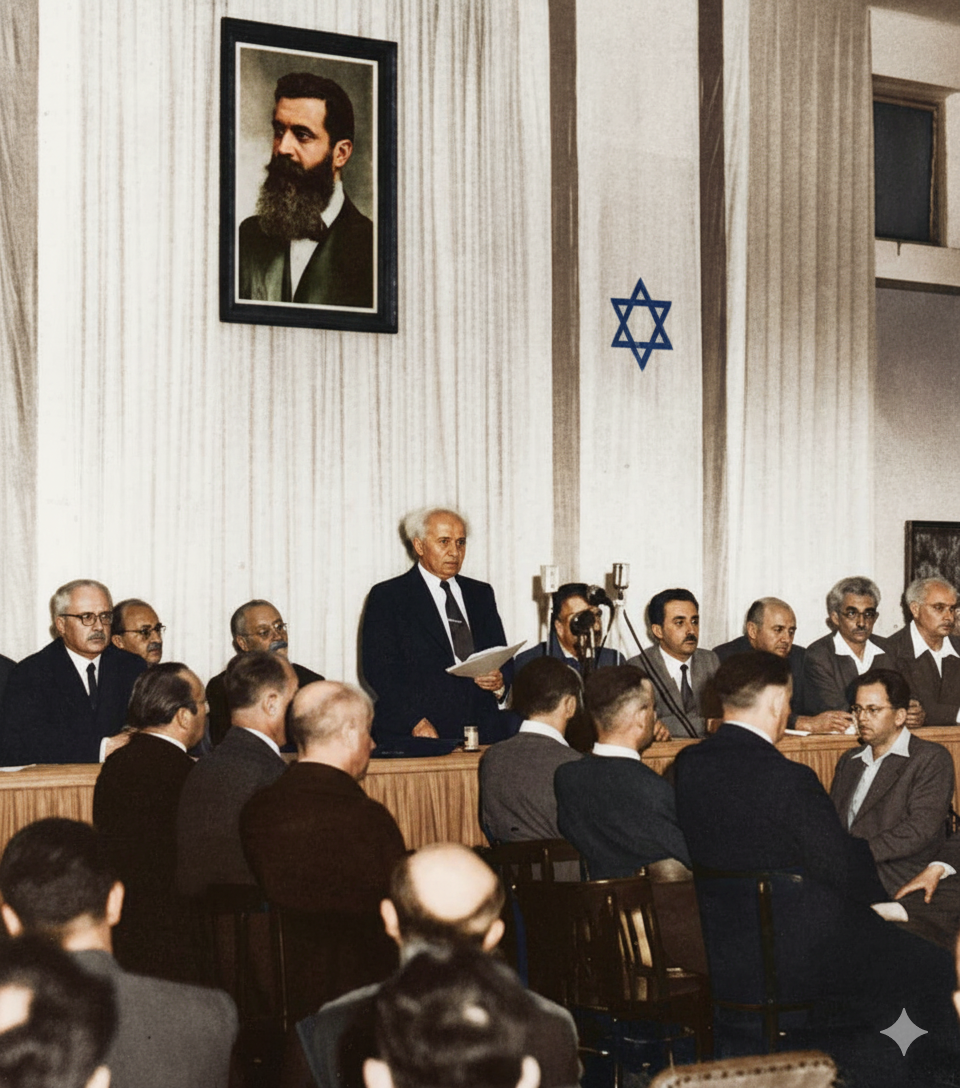
1948 CE
They Organize Hate. We Organize Strength.
To the antisemite, it doesn't matter if you're in shul every Shabbat or haven't been in years—they target all of us. They attack our synagogues because they know these are the centers of our communal strength and continuity. Supporting these institutions isn't just a religious act; it's a strategic one. It's how we fund the centers that educate our children, care for our vulnerable, and stand as defiant symbols of our presence. It's how we fight back, together.
The People of Israel Live (עַם יִשְׂרָאֵל חַי)
TAKE ACTION
As the Sages teach: "Show love with your wealth; put your resources toward good purposes."
Below are concrete ways to support the Jewish community, strengthen our institutions, and make your voice heard.
Our communities are our strength. Invest in the institutions that sustain our future.
Championing progressive values and building a more just and compassionate world.
Donate to URJFostering authentic and dynamic Jewish life rooted in Halakha and pluralism.
Donate to USCJDisclaimer: We are not affiliated with the URJ, USCJ, or OU, nor did we receive their permission to post these links. We simply believe in their missions and encourage individuals to support them or their local synagogues, regardless of personal religiosity.
Menitch Hadshot ( מנתח חדשות )
Menitch Hadshot—our News Analyzer. Paste the URL of a news article to get an instant, AI-driven analysis of potential bias, loaded language, and factual omissions related to Israel and Jewish issues.
Shomrim (שומרים)
Shomrim—our watchmen. We stand guard by monitoring antisemitic events, analyzing media narratives, and exposing the networks of hate. We also provide insights into the landscape of our communal institutions.
Loading Live Incident Map...
Network Dossier
Click on a node to view detailed information about the entity and its connections within the threat network.